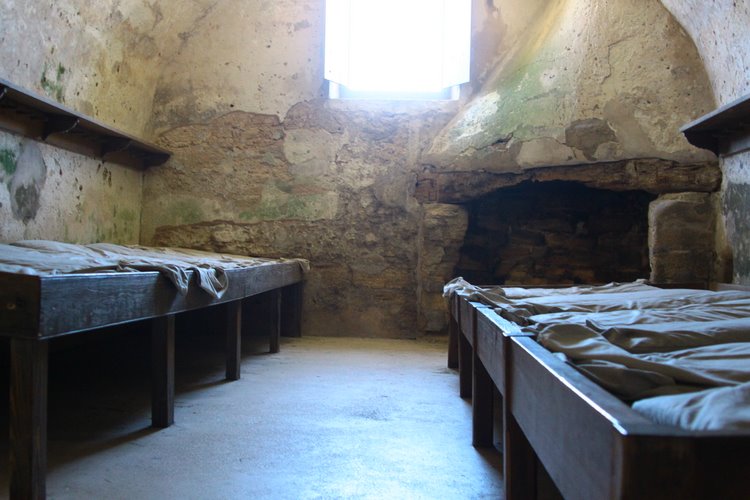
Georgia: Colony to Civil War from 1732-1840
Colonists (1732-1776):
Resources:
Wormsloe Plantation
Savannah and the forts along the coast:
Georgia’s Forts
Forts along the coast : Fort Frederica
Georgia’s fate was decided in 1742 when Spanish and British forces clashed on St. Simons Island. Fort Frederica’s troops defeated the Spanish, ensuring Georgia’s future as a British colony. Today, the archeological remnants of Frederica are protected by the National Park Service.
King George’s War (1744-1748):
King George’s War
Settlers (1776-1861):
Travelers Rest
This stagecoach inn and plantation home was built around 1815 by James R. Wyly. He strategically located it along the newly constructed Unicoi Turnpike, a busy highway over the Appalachian Mountains.
Gold Museum in Dahlonega
Dahlonega prospered with this mining activity, and a U.S. Branch Mint opened in 1838, coining more than $6 million in gold before closing in 1861.
Georgia’s Old Capital Museum
Milledgeville was Georgia’s antebellum capital.
Natives:
Indian Springs State Park
For centuries, Creek Indians collected the spring water for its healing qualities, and during the 1800s, the area was a bustling resort town.
Chief Vann House
During the 1790s, James Vann became a Cherokee Indian leader and wealthy businessman. He established the largest and most prosperous plantation in the Cherokee Nation. At the dawn of the 19th century Chief James Vann was one of the wealthiest men in the Western Hemisphere. In 1804 he built Vann House along the Georgia Road (Federal Road after 1819), the Showplace of the Cherokee Nation. President James Madison spent a night here in 1819 while on his way to Nashville.
Fort Hawkins
Established in 1806 by President Thomas Jefferson and Indian Agent Col. Benjamin Hawkins as an official U.S. Army Fort and Indian Factory for trading and meeting with Native Americans.
Chieftains Museum, Rome, GA.
Home of Major Ridge, wealthy Cherokee chief and friend of Andrew Jackson who lfought in the Creek War (1813-1814), led the Lighthorse Patrol and advised Principal Chief John Ross until their split over the Treaty of New Echota (1835).
Funk Heritage Center, Waleska, GA.
Home of Major Ridge, wealthy Cherokee chief and friend of Andrew Jackson who lfought in the Creek War (1813-1814), led the Lighthorse Patrol and advised Principal Chief John Ross until their split over the Treaty of New Echota (1835).
New Echota
New Echota is one of the most significant Cherokee Indian sites in the nation and was where the tragic “Trail of Tears” officially began. In 1825, the Cherokee national legislature established a capital called New Echota at the headwaters of the Oostanaula River.
Trail of Tears (1830)
Books:
Jimmy Carter, The Hornet’s Nest (2003), about a man who migrates to Georgia with his wife and family on the eve of the Revolutionary War and experiences the war as it was fought in the Deep South.
G.G. Stokes, Jr., The Road to Bloody Marsh (2009), about an Englishman, a Frenchman, and a Spaniard fighting in King George’s War in Georgia in the 1730s; #1 (chronologically by setting) in the Colonial Southeast series.
1 comment
Leave a Reply Cancel reply

GBK Gwyneth








 - 4 Jul 20
- 4 Jul 20











































There is a copy of the Jimmy Carter book at the cabin